Filter News
Area of Research
Media Contacts
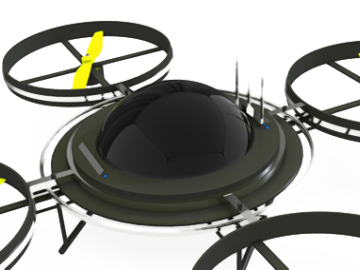
With the creation of the Unmanned Aerial Systems Research Center (http://uasresearch.ornl.gov), Oak Ridge National Laboratory makes available tools and capabilities with applications in environment, energy

Touchscreens, smart phones, liquid crystal displays and solar panels of tomorrow could be more efficient because of a new material profiled in a paper published in Scientific Reports. Researchers at the University of Tennessee and Oak Ridge National Laboratory have demonstrated a t...

By studying hospital occupancy rates in hospitals of countries where data is readily available, Oak Ridge National Laboratory researchers hope to further refine their population distribution and dynamics work. For this effort, researchers are focusing on night and day population de...
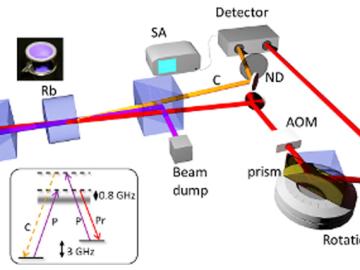
Through manipulation of two laser beams and plasmonic sensors, Oak Ridge National Laboratory researchers are pushing the boundaries for detecting trace biochemical compounds.
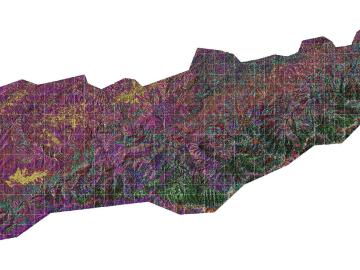
A new data analytics approach developed by Oak Ridge National Laboratory could help forest and wildlife managers track changes in vegetation and wildlife habitat across large land areas.

Drawing connections between seemingly disparate and vast amounts of text could become easier thanks to software developed by Oak Ridge National Laboratory.
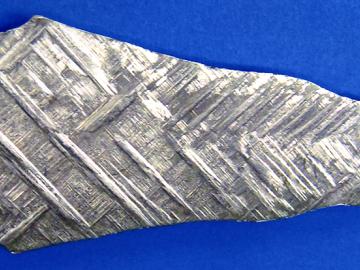
Steel unlike any forged in the last 2,000 years will be in the spotlight at the TMS 2016 Annual Meeting & Exhibition, Feb. 14-18 in Nashville.
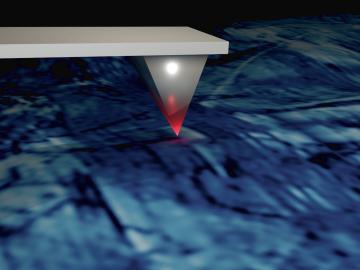
Understanding where and how phase transitions occur is critical to developing new generations of the materials used in high-performance batteries, sensors, energy-harvesting devices, medical diagnostic equipment and other applications. But until now there was no good way to study a...




